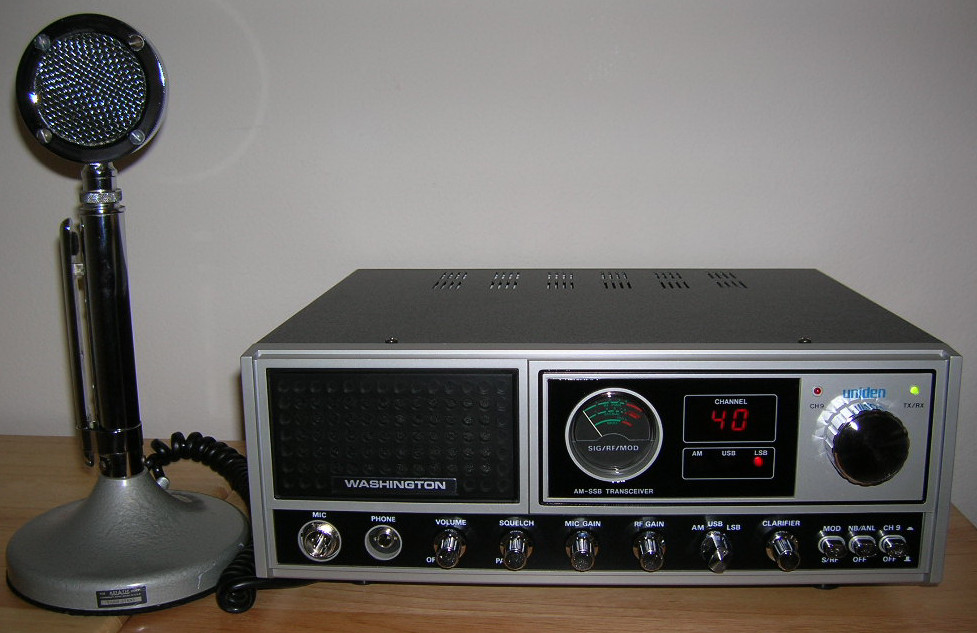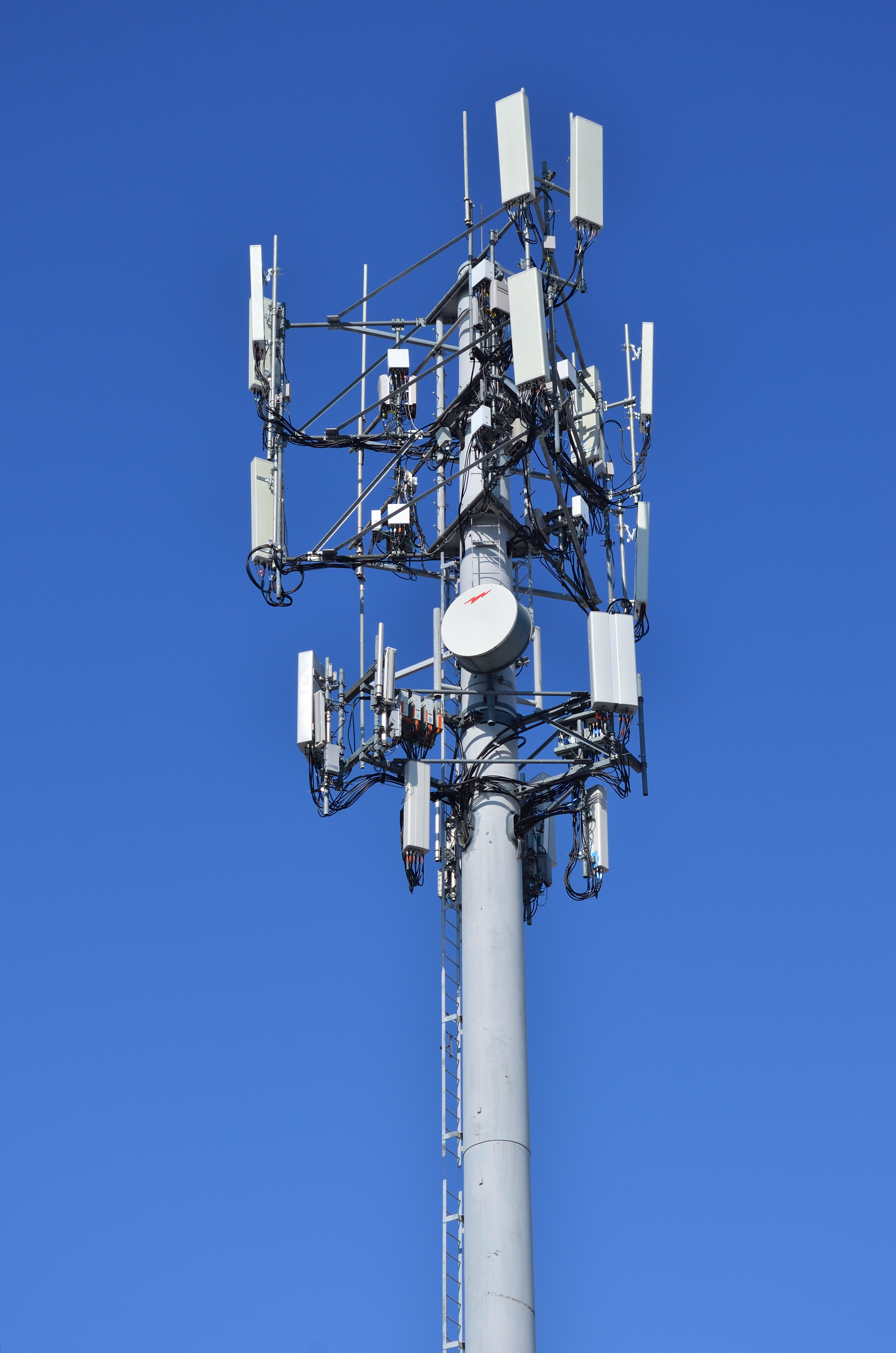|
Enhanced 911
Enhanced 911 (E-911 or E911) is a system used in North America to automatically provide the caller's location to 911 dispatchers. 911 is the universal emergency telephone number in the region. In the European Union, a similar system exists known as E112 (where 112 is the emergency access number) and known as eCall when called by a vehicle. An incoming 911 call is routed to a Public Safety Answering Point (PSAP), which is a call center operated by the local government. At the PSAP, the call is answered by a specially trained official known as a 9-1-1 dispatcher. The dispatcher's computer receives information from the telephone company about the physical address (for landlines) or geographic coordinates (for wireless) of the caller. This information is used to dispatch police, fire, medical and other services as needed. The planned replacement service is NG911. Call routing Landline routing Calls to 911 over the public switched telephone network (PSTN) are routed to a specia ... [...More Info...] [...Related Items...] OR: [Wikipedia] [Google] [Baidu] |
9-1-1
911, sometimes written , is an emergency telephone number for Argentina, Canada, the Dominican Republic, Fiji, Jordan, Mexico, Pakistan, Maldives, Palau, Panama, Iraq, the Philippines, Sint Maarten, the United States, and Uruguay, as well as the North American Numbering Plan (NANP), one of eight N11 codes. Like other emergency numbers, dialing 911 for purposes other than reporting an emergency is a crime in most jurisdictions. Penalties for abuse or misuse of 911 can range from probation or community service to fines and jail time. Offenders can also be ordered to undergo counseling and have their use of telephones restricted or suspended for a period of time as a condition of probation. In over 98 percent of locations in Argentina, Sint Maarten, Panama, Belize, Anguilla, Costa Rica, Ecuador, Jordan, Ethiopia, Liberia, Saudi Arabia, Philippines, Uruguay, the United States, Iraq, Palau, Mexico, Tonga and Canada, dialing ''911'' from any telephone will link the caller to an em ... [...More Info...] [...Related Items...] OR: [Wikipedia] [Google] [Baidu] |
Customer-premises Equipment
In telecommunications, a customer-premises equipment or customer-provided equipment (CPE) is any terminal and associated equipment located at a subscriber's premises and connected with a carrier's telecommunication circuit at the demarcation point ("demarc"). The demarc is a point established in a building or complex to separate customer equipment from the equipment located in either the distribution infrastructure or central office of the communications service provider. CPE generally refers to devices such as telephones, routers, network switches, residential gateways (RG), set-top boxes, fixed mobile convergence products, home networking adapters and Internet access gateways that enable consumers to access providers' communication services and distribute them in a residence or enterprise with a local area network (LAN). A CPE can be an active equipment, as the ones mentioned above, or passive equipment such as analog telephone adapters (ATA) or xDSL-splitters. This i ... [...More Info...] [...Related Items...] OR: [Wikipedia] [Google] [Baidu] |
Base Station
Base station (or base radio station, BS) is – according to the International Telecommunication Union's (ITU) Radio Regulations (RR) – a " land station in the land mobile service." A base station is called '' node B'' in 3G, '' eNB'' in LTE ( 4G), and '' gNB'' in 5G. The term is used in the context of mobile telephony, wireless computer networking and other wireless communications and in land surveying. In surveying, it is a GPS receiver at a known position, while in wireless communications it is a transceiver connecting a number of other devices to one another and/or to a wider area. In mobile telephony, it provides the connection between mobile phones and the wider telephone network. In a computer network, it is a transceiver acting as a switch for computers in the network, possibly connecting them to a/another local area network and/or the Internet. In traditional wireless communications, it can refer to the hub of a dispatch fleet such as a taxi or delivery fl ... [...More Info...] [...Related Items...] OR: [Wikipedia] [Google] [Baidu] |
Cellular Telephony
Mobile telephony is the provision of wireless telephone services to mobile phones, distinguishing it from fixed-location telephony provided via landline phones. Traditionally, telephony specifically refers to voice communication, though the distinction has become less clear with the integration of additional features such as text messaging and data services. Modern mobile phones connect to a terrestrial cellular network of base stations (commonly referred to as cell sites), using radio waves to facilitate communication. Satellite phones use wireless links to orbiting satellites, providing an alternative in areas lacking local terrestrial communication infrastructure, such as landline and cellular networks. Cellular networks, satellite networks, and landline systems are all linked to the public switched telephone network (PSTN), enabling calls to be made to and from nearly any telephone worldwide. As of 2010, global estimates indicated approximately five billion mobile ... [...More Info...] [...Related Items...] OR: [Wikipedia] [Google] [Baidu] |
Radio Resource Location Services Protocol
Radio resource location services (LCS) protocol (RRLP) applies to GSM and UMTS Cellular Networks. It is used to exchange messages between a handset and an SMLC in order to provide geolocation information; e.g., in the case of emergency calls. The protocol was developed in order to fulfil the Wireless Enhanced 911 requirements in the United States. However, since the protocol does not require any authentication, and can be used outside of a voice call or SMS transfer, its use is not restricted to emergency calls and can be used by law enforcement to pinpoint the exact geolocation of the target's mobile phone. RRLP was first specified in 3GPP TS 04.31 - Location Services (LCS); Mobile Station (MS) - Serving Mobile Location Centre (SMLC); Radio Resource LCS Protocol (RRLP). Harald Welte proved at HAR2009 that many high-end smart-phones submit their GPS location to the mobile operator when requested. This happened without any sort of authentication. RRLP parameters Positioning ... [...More Info...] [...Related Items...] OR: [Wikipedia] [Google] [Baidu] |
Cellular Network
A cellular network or mobile network is a telecommunications network where the link to and from end nodes is wireless network, wireless and the network is distributed over land areas called ''cells'', each served by at least one fixed-location transceiver (such as a base station). These base stations provide the cell with the network coverage which can be used for transmission of voice, data, and other types of content via radio waves. Each cell's coverage area is determined by factors such as the power of the transceiver, the terrain, and the frequency band being used. A cell typically uses a different set of frequencies from neighboring cells, to avoid interference and provide guaranteed service quality within each cell. When joined together, these cells provide radio coverage over a wide geographic area. This enables numerous Mobile device, devices, including mobile phones, Tablet computer, tablets, laptops equipped with mobile broadband modems, and Wearable technology, wea ... [...More Info...] [...Related Items...] OR: [Wikipedia] [Google] [Baidu] |
Mobile Telephone
A mobile phone or cell phone is a portable telephone that allows users to make and receive calls over a radio frequency link while moving within a designated telephone service area, unlike fixed-location phones ( landline phones). This radio frequency link connects to the switching systems of a mobile phone operator, providing access to the public switched telephone network (PSTN). Modern mobile telephony relies on a cellular network architecture, which is why mobile phones are often referred to as 'cell phones' in North America. Beyond traditional voice communication, digital mobile phones have evolved to support a wide range of additional services. These include text messaging, multimedia messaging, email, and internet access (via LTE, 5G NR or Wi-Fi), as well as short-range wireless technologies like Bluetooth, infrared, and ultra-wideband (UWB). Mobile phones also support a variety of multimedia capabilities, such as digital photography, video recording, and gaming. ... [...More Info...] [...Related Items...] OR: [Wikipedia] [Google] [Baidu] |
Trunk Line
In telecommunications, trunking is a technology for providing network access to multiple clients simultaneously by sharing a set of circuits, carriers, channels, or frequencies, instead of providing individual circuits or channels for each client. This is reminiscent to the structure of a tree with one trunk and many branches. Trunking in telecommunication originated in telegraphy, and later in telephone systems where a trunk line is a communications channel between telephone exchanges. Other applications include the trunked radio systems commonly used by police agencies. In the form of link aggregation and VLAN tagging, trunking has been applied in computer networking. Telecommunications A trunk line is a circuit connecting telephone switchboards (or other switching equipment), as distinguished from local loop circuit which extends from telephone exchange switching equipment to individual telephones or information origination/termination equipment. Trunk lines are used ... [...More Info...] [...Related Items...] OR: [Wikipedia] [Google] [Baidu] |
Competitive Local Exchange Carrier
A competitive local exchange carrier (CLEC) is a North American telecommunications provider classification that emerged based on the competition model of the Telecommunications Act of 1996 in the United States. The act required the previously established incumbent local exchange carrier (ILEC) in each local market to provide infrastructure hosting and services to CLECs to enable competition with the ILEC. Background Local exchange carriers (LECs) are characterized as incumbent (ILECs) or competitive (CLECs). The ILECs are usually the original, monopoly LEC in a given area, and receive different regulatory treatment from the newer CLECs. A data local exchange carrier (DLEC) is a CLEC specializing in DSL services by leasing lines from the ILEC and reselling them to Internet service providers (ISPs). History CLECs evolved from the competitive access providers (CAPs) that began to offer private line and special access services in competition with the ILECs beginning in 1985. The CA ... [...More Info...] [...Related Items...] OR: [Wikipedia] [Google] [Baidu] |
Bandwidth (company)
Bandwidth Inc. is a communications platform as a service company. It sells software application programming interfaces (or APIs) for voice, text messaging and emergency services, using its own global IP voice network. History Bandwidth was formed in 1999 by David Morken who was later joined by Henry Kaestner as co-founder in 2001, merging Bandwidth International into Bandwidth.com. In Aug. 2023, Bandwidth moved to a new, purpose-built 40-acre headquarters campus at 2230 Bandmate Way in Raleigh, where the company maintains a workforce of about 1,000 employees as of Aug. 2023. On November 10, 2017, the company had an initial public offering on the NASDAQ which raised $80 million in capital by selling 4 million $20 shares. On January 11, Bandwidth terminated its incentive agreement with the state of North Carolina, which required creating over 1,100 local jobs, citing the need for more hiring flexibility outside of Raleigh. Bandwidth has been noted for its unusual approach of ... [...More Info...] [...Related Items...] OR: [Wikipedia] [Google] [Baidu] |
Incumbent Local Exchange Carrier
An incumbent local exchange carrier (ILEC) is a local telephone company which held the regional monopoly on landline service before the market was opened to competitive local exchange carriers, or the corporate successor of such a firm, in the United States and Canada. Definition An incumbent local exchange carrier is a local exchange carrier (LEC) in a specific area that * on the date of enactment of the Telecommunications Act of 1996, provided telephone exchange service * on the date of enactment, was deemed to be a member of the National Exchange Carrier Association pursuant to the Code of Federal Regulations (C.F.R) Title 47, section 69.601(b). * or is a person or entity that, on or after such date of enactment, became a successor or assignee of a member described in the previous bullet. The Federal Communications Commission (FCC) may, by rule, provide for the treatment of an LEC (or class or category thereof) as an ILEC if: * such carrier occupies a position in the marke ... [...More Info...] [...Related Items...] OR: [Wikipedia] [Google] [Baidu] |




